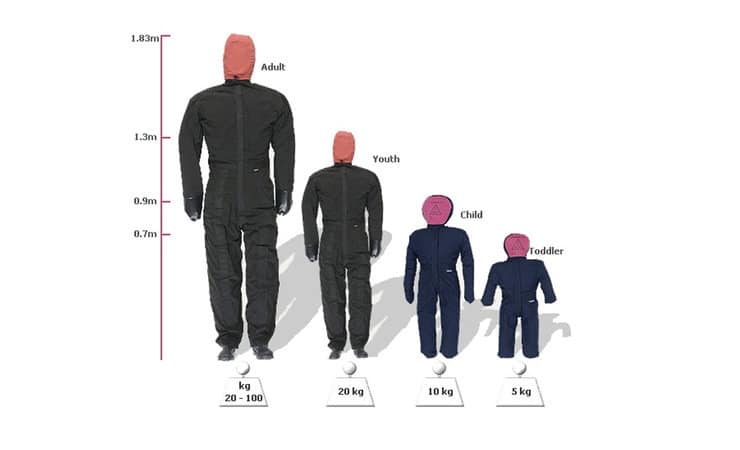Do you want to navigate the numerous training manikins in the market and pick the best for your needs?
You’re in the right place!
But first, let’s clarify this:
There are several types of training manikins, and each of them fits specific purposes. As a result, the best manikin is relative to your career and needs.
Summarily, a perfect manikin for a student might not even be the “third-best” choice for a surgeon or a healthcare giver.
Nevertheless, you can apply the tips in this article to get your choice right. And while you’re at it, don’t focus solely on the price of the training manikin. Prioritize the following factors instead:
Purpose Of Getting A Training Manikins

Ultimately, what determines the success of your manikin is how well it performs for what it’s intended. So, why do you need it?
More importantly, who are you? Are you a student learning how to insert an IV or a business owner planning to teach her employee how to perform CPR?
If you answered yes, you don’t need a high-fidelity manikin. The best choice in your case is a low-fidelity manikin.
On the other hand, if you’re a surgeon who needs manikin to perfect his skills for treating patients of fatal accidents, you need a high-fidelity manikin.
Even at that, your decision process doesn’t stop at choosing between a low-fidelity and high-fidelity manikin. How about your patient profile? Who will you likely treat? Adult, youth, or kids?
Manikins model your ideal patients across various age groups and weights. Also, some models are multi-functional; you can adjust them to fit your patient profile.
Age group and weight aside, you still have to consider the allergies of your patients. Are they allergic to latex material?
If yes, buy a latex-free manikin!
Pro tip: the chances are that your patient doesn’t know their allergies. So, prioritize latex-free training manikins.
Ease Of Use
Now, it is time to think about yourself. How comfortable will you be training with the manikin?
What’s the construction of the said manikin? Will it maintain its shape and not injure you or who you are training?
Our recommendation is to pick manikins with weighted pouch construction and soft limbs. They stay in place and are safe even for rookies.
Another thing to consider here is the cleaning of the manikin. Does it require special care; will you need to invest in expensive unique cleaning solutions?
Instead of a special-solution manikin, stick to the type that is dishwasher-friendly. More importantly, settle for a product that doesn’t accumulate dirt quickly.
Lastly, the chances are that you will transport your manikin regularly. In that case, carefully check if your preferred product is light and easy to set up.
Compliance With Standard
After checking that your manikin meets your preferences and your patients’, crosscheck against the standard. And what is the “standard”?
According to the American Heart Association, training manikins must have feedback devices, especially for formal learning purposes.
If you’re wondering what the feedback devices include, here are examples:
- The audible tap from a clicker shows you’re applying the perfect compression, and
- The strip of light indicates your CPR is done at the “right” compression rate
Bottom Line
The best manikin for you matches your career preferences and training needs. If you know that rule, you can never go wrong when shopping.
Related article: Ensuring Safety For Customers And Employees During Emergencies
